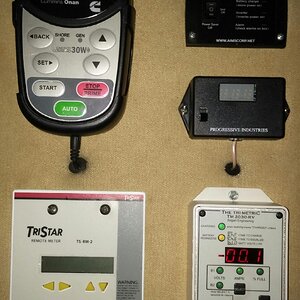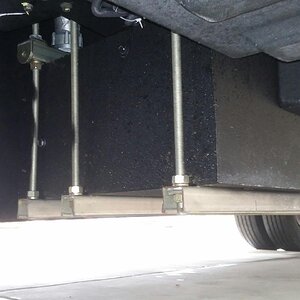Hello,
I have a 2019 Jayco eagle 321, It has the 50 amp and i believe the 4 pole plug? Yes i made the mistake of not having the right adapter and ended up killing
my fireplace. I was looking at buying the Honda 2200 and put them in parallel to get 4400watts. One will have a 125v 30 amp plug for the mail line.
What adapter will i need to get this to work. Currently Im using 240v 30amp line.
Thanks
I have a 2019 Jayco eagle 321, It has the 50 amp and i believe the 4 pole plug? Yes i made the mistake of not having the right adapter and ended up killing
my fireplace. I was looking at buying the Honda 2200 and put them in parallel to get 4400watts. One will have a 125v 30 amp plug for the mail line.
What adapter will i need to get this to work. Currently Im using 240v 30amp line.
Thanks












